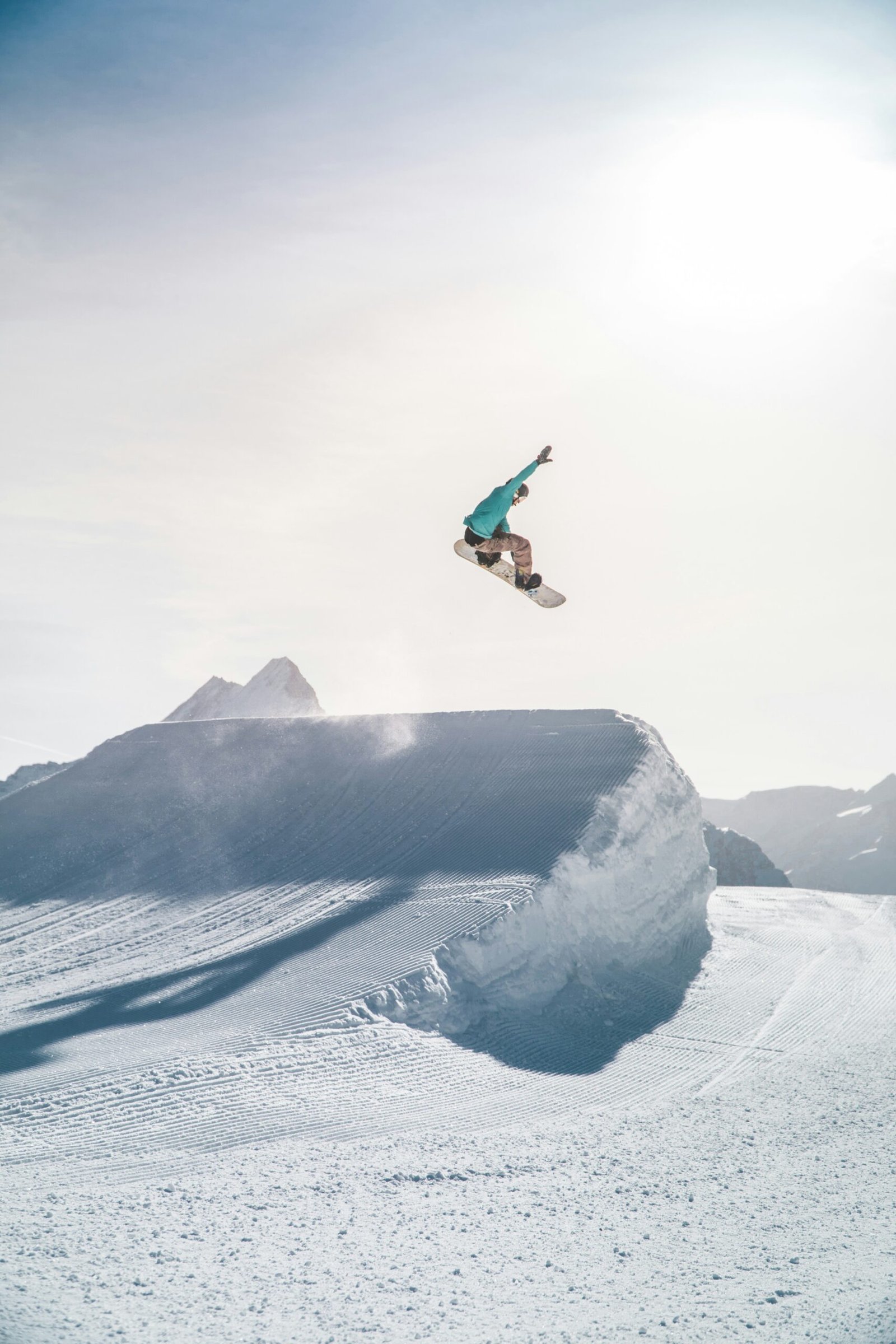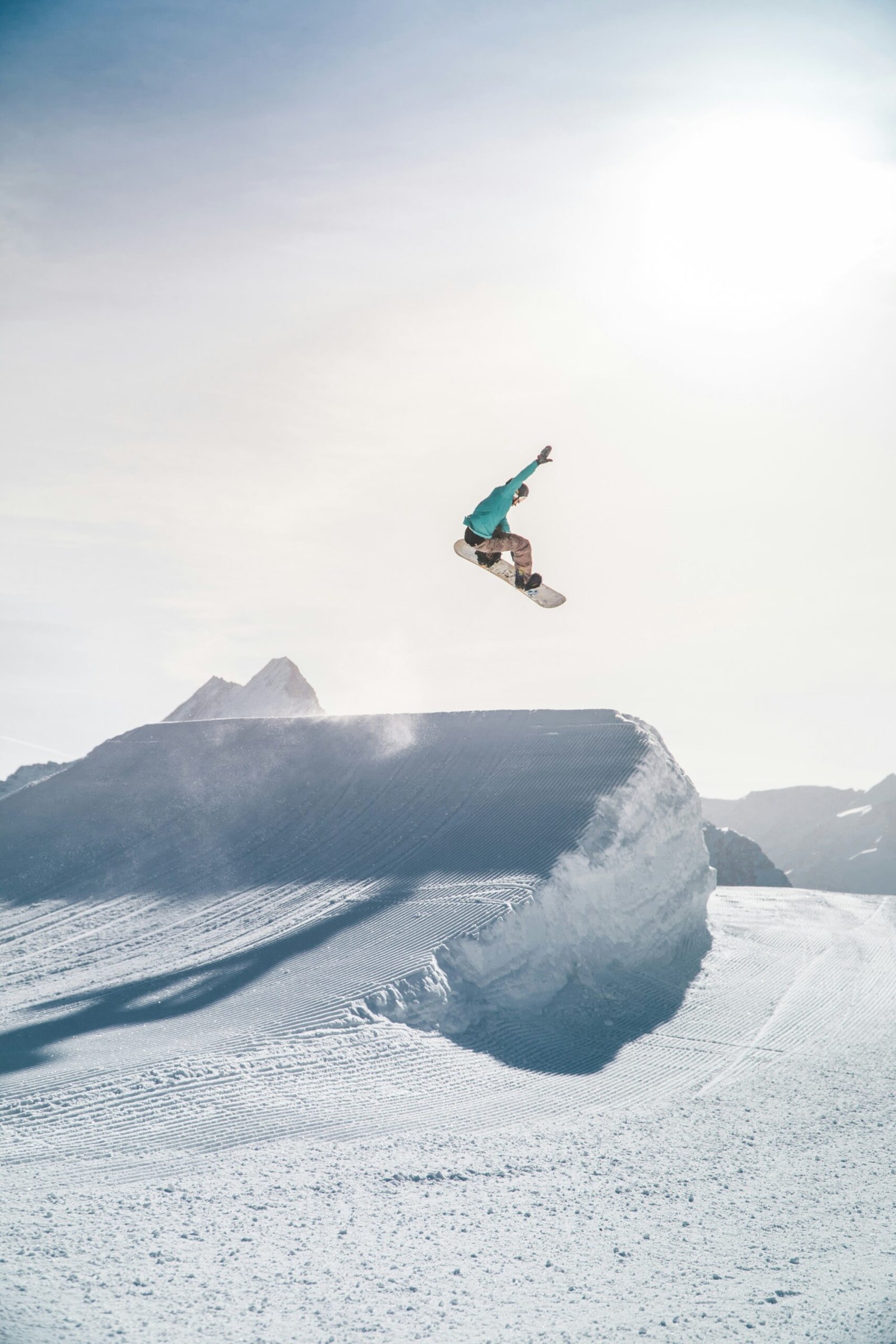
When it comes to choosing a snowboard for beginners, there are a few key factors to consider. First and foremost, you’ll want to think about your skill level and experience on the slopes. Are you a complete beginner who has never snowboarded before, or do you have some experience but still consider yourself a novice? This will help determine the type of snowboard that is best suited for you.
For beginners who are just starting out, it is generally recommended to choose a snowboard that is on the softer side. A softer snowboard will be more forgiving and easier to control, making it ideal for learning the basics of snowboarding. These boards are typically more flexible, allowing for easier turns and maneuverability.
The shape of the snowboard is another important consideration. There are several different shapes to choose from, including directional, twin, and directional-twin. Directional snowboards are designed to be ridden in one direction, with a longer nose and shorter tail. These boards are great for carving and riding at higher speeds. Twin snowboards, on the other hand, are symmetrical in shape, with an equal nose and tail. These boards are ideal for freestyle riders who enjoy riding switch and performing tricks in the terrain park. Lastly, directional-twin snowboards combine elements of both directional and twin boards, offering a versatile option for all-mountain riding.
Another factor to consider is the length of the snowboard. As a general rule of thumb, beginners should choose a snowboard that comes up to about chin height when standing upright. This length provides a good balance between stability and maneuverability, making it easier to control the board.
In addition to these factors, it is also important to consider your weight and height when choosing a snowboard. Each snowboard has a weight and height range that it is designed for, so be sure to check the manufacturer’s recommendations before making a purchase. Riding a snowboard that is too long or too short for your body type can negatively impact your performance and overall experience on the slopes.
Lastly, don’t forget about the importance of bindings and boots. These two components play a crucial role in your overall comfort and control while snowboarding. Make sure to choose bindings that are compatible with your snowboard and provide a secure fit. As for boots, it is important to find a pair that is comfortable and provides adequate support for your feet and ankles.
By taking these factors into consideration, you can confidently choose a snowboard that is suitable for beginners. Remember, the right snowboard can greatly enhance your learning experience and set you up for success on the slopes. So take your time, do your research, and find the perfect board to kickstart your snowboarding journey!
Consider Your Riding Style
The first step in choosing a snowboard is to consider your riding style. Snowboards are designed differently to cater to various riding styles, such as freestyle, all-mountain, and freeride. Understanding your preferred riding style will help you narrow down your options and find a board that suits your needs.
If you are a beginner, an all-mountain snowboard is a great choice. These boards are versatile and can handle different terrains and snow conditions. They are perfect for beginners who are still exploring their riding style and want a board that can perform well in various situations.
On the other hand, if you are an experienced rider who enjoys hitting the terrain park and performing tricks, a freestyle snowboard would be more suitable. These boards are typically shorter and more flexible, allowing for easier maneuverability and better control when it comes to jumps, spins, and rails.
For those who prefer exploring the entire mountain and tackling different types of terrain, an all-mountain snowboard would be the ideal choice. These boards are designed to handle everything from groomed slopes to powder and even icy conditions. They offer a good balance of stability, versatility, and performance, making them a popular choice among intermediate and advanced riders.
If you are someone who loves the thrill of riding off-piste and exploring untouched powder, then a freeride snowboard would be the perfect fit. These boards are longer and stiffer, providing better stability and control when riding at high speeds and in deep snow. They are specifically designed for backcountry riding and offer excellent floatation and maneuverability in powder conditions.
Ultimately, the key to choosing the right snowboard lies in understanding your riding style and preferences. Whether you are a beginner or an experienced rider, there is a snowboard out there that will enhance your performance and make your riding experience more enjoyable. Take the time to research and test out different boards to find the perfect match for you.
However, it’s important to note that the size chart provided by the manufacturer is just a starting point. There are several other factors that should be taken into consideration when determining the correct size for your snowboard.
One factor to consider is your riding style. If you prefer to ride in the park and perform tricks, you may want to choose a shorter snowboard. This will make it easier for you to maneuver and spin in the air. On the other hand, if you enjoy riding fast and carving down the mountain, a longer snowboard may be more suitable. A longer snowboard will provide more stability at high speeds and allow for better edge control.
Another factor to consider is your weight. Snowboards are designed to support a certain weight range, and choosing a board that is too small or too large for your weight can affect your performance on the slopes. If you are on the lighter side, you may want to choose a smaller snowboard that is more responsive and easier to control. If you are on the heavier side, a larger snowboard will provide more stability and support.
Height is also an important factor to consider when choosing the right size snowboard. Taller riders may prefer a longer snowboard as it will provide more surface area for their feet, giving them better stability and control. Shorter riders, on the other hand, may find a shorter snowboard more maneuverable and easier to handle.
Ultimately, the correct size of your snowboard will depend on a combination of factors including your weight, height, riding style, and personal preference. It’s important to try out different sizes and models to find the one that feels the most comfortable and suits your riding style.
Once you have determined the correct size of your snowboard, you can then move on to choosing other important features such as the flex, camber profile, and bindings that will further enhance your riding experience.
Flexibility and Stiffness
The flexibility or stiffness of a snowboard plays a significant role in its performance. The flex of a snowboard refers to how much it bends under pressure. A softer flex provides a more forgiving and playful ride, making it easier for beginners to control the board. On the other hand, a stiffer flex offers more stability and responsiveness, which is preferred by advanced riders.
For beginners, a snowboard with a medium flex is recommended. This provides a good balance between stability and maneuverability, allowing beginners to progress as they improve their skills. It is important to note that the flex of a snowboard can also be influenced by factors such as the materials used in its construction.
When it comes to materials, different snowboards are constructed using various combinations of materials to achieve the desired flex and performance characteristics. For example, a snowboard with a softer flex may incorporate materials such as foam or fiberglass to provide a more flexible and forgiving ride. On the other hand, a snowboard with a stiffer flex may utilize materials like carbon fiber or metal to enhance its rigidity and responsiveness.
In addition to the materials used, the design and shape of the snowboard also play a role in determining its flex. Snowboards with a narrower waist width and a narrower nose and tail tend to have a stiffer flex, while those with a wider waist width and a wider nose and tail tend to have a softer flex. This is because a narrower board distributes the rider’s weight over a smaller surface area, resulting in a stiffer feel, while a wider board allows for more flex and maneuverability.
Furthermore, the length of the snowboard can also affect its flex. Longer snowboards generally have a stiffer flex, providing more stability at high speeds and better edge hold. Conversely, shorter snowboards tend to have a softer flex, making them more playful and maneuverable in tight turns and park features.
Ultimately, the choice between a softer or stiffer flex comes down to personal preference and riding style. Riders who prioritize stability and speed may opt for a stiffer flex, while those who value playfulness and maneuverability may prefer a softer flex. It is important to consider factors such as skill level, terrain preferences, and riding goals when selecting a snowboard with the appropriate flex.
Consider Your Budget
Finally, it is important to consider your budget when choosing a snowboard. Snowboards come in a wide range of prices, and it is essential to find one that fits within your budget. While it is tempting to go for the most expensive option, it is not necessary for beginners to invest in high-end boards.
There are plenty of affordable options available that offer great performance for beginners. It is recommended to do some research, read reviews, and compare prices to find a snowboard that offers good value for money.
When determining your budget, it is important to consider not only the cost of the snowboard itself but also any additional gear that you may need. This includes bindings, boots, and outerwear. These items can add up quickly, so it is important to factor them into your budget.
Another thing to consider is the lifespan of the snowboard. While a more expensive board may last longer, it may not be necessary for beginners who are just starting out. It is important to find a balance between quality and price that suits your needs and skill level.
Additionally, keep in mind that as you progress and improve your skills, you may want to upgrade your snowboard. Therefore, it is wise to allocate a portion of your budget for future upgrades.
Lastly, don’t forget to consider any potential discounts or sales that may be available. Many stores offer end-of-season sales or package deals that can help you save money. It’s always worth checking for any promotions that could make your snowboard purchase more affordable.
